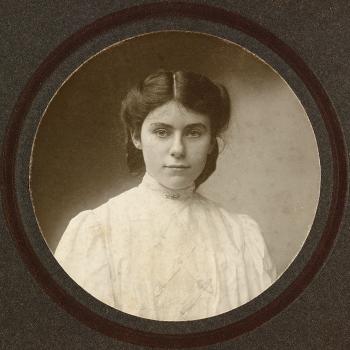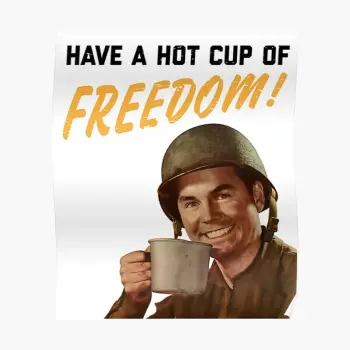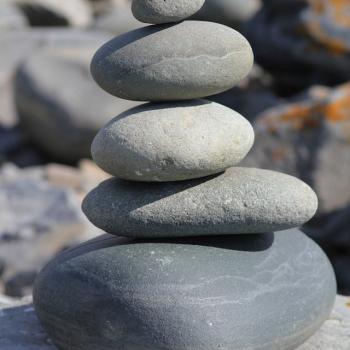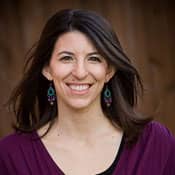There's no simple way to describe the uplifting, all-things-new feeling that happens when turning the corner from Lent to Easter. Some years it's easier than others to make the transition, as admittedly, spending forty days in an intentioned solemnity isn't really a recipe for merry-making. This is perhaps one of the many reasons communities of faith choose to gather in a park on Easter morning; the sheer break in environment speaks to our need for a new outlook, a more hopeful posture. The scenery change serves to delineate between the closed dark curtains of Act I: Good Friday and Holy Saturday and the freshly opened curtain that reveals Act II: The Empty Tomb.
This year, for Good Friday's Act I, we deviated from our normal evening of stations. Usually, we intertwine our Lenten theme with stations of the cross (with admitted liberty in what we devise as the stations themselves) and simply hold open the space for a two-hour window to allow people to come and go as they need, taking as much or as little time at each station as they deem appropriate. This format works well in many respects, and there is something specifically Good Friday-ish about the sense of isolation you get as you walk around from station to station and then leave as quietly as you entered.
For a community like ours that spends so much time talking, particularly at the beginning and end of every gathering, this lack of interaction is appropriately jarring. On the other hand, that is also its downside. As we planned this year's Good Friday, Dale Carter, one of our Elders, suggested that we try to make something that felt less individualistic and more communal. What if we did a gathered service of meditation, broke it into similar stations or sections, but traveled them all at one time, together? We all loved the idea, and it seemed to fit well with our Lenten intentions of coming out of hiding. It's much more difficult to hide when you are called together.
We created a service on the seven last sayings of Jesus, intertwining art, media, silence, meditative reflections, and communion. I think one of my favorite ideas was to facilitate the evening (read scriptures and reflections, etc.) through two voices sitting on pews in the gathering space, one on each side. The lack of a person "up front" with a microphone created a deep sense of togetherness; we all are looking toward the altar, focusing together on what we see. We still left in silence, allowing Holy Saturday to become for us that great day of liminality, the tomb that stands for both what is and what could be.
And then, on Easter morning, early while it was still foggy, we gathered in the park, perched on rickety green wooden risers under a canopy of trees, singing Alleluia. We proclaimed hope and announced life as fervent bikers and runners occasionally crossed before us on the sidewalk trail that runs through the park, and as families hosted egg hunts on the playground. In other words, we gathered for Easter in the midst of life, right where it ought to be celebrated, right where its message of new life is most known and most needed to be known. It felt like the curtains to resurrection were being opened.
Each year after our sunrise gathering, we stay for breakfast. In the past, we've traveled to a restaurant, but it became increasingly difficult to get seating for everyone together on Easter morning. (Apparently we are not the only ones to have a hankering for a good brunch menu on Easter . . .) So a few years ago, we decided instead to bring breakfast goodies to the park and simply stay afterward. Homemade scones, hot cross buns, sausage and egg casserole, muffins, fruit, donuts, coffee; it's always a nice spread. And as community members welcome the new day with sweet treats, and the Easter egg hunt begins on the playground as the kids dash toward brightly colored plastic goodies, the transition from Lent to Easter seems the most natural and right thing in the world, a fitting ending to the world's best play.
4/26/2011 4:00:00 AM





